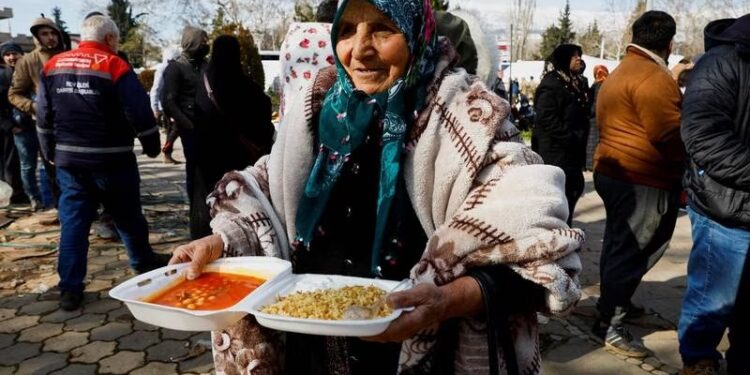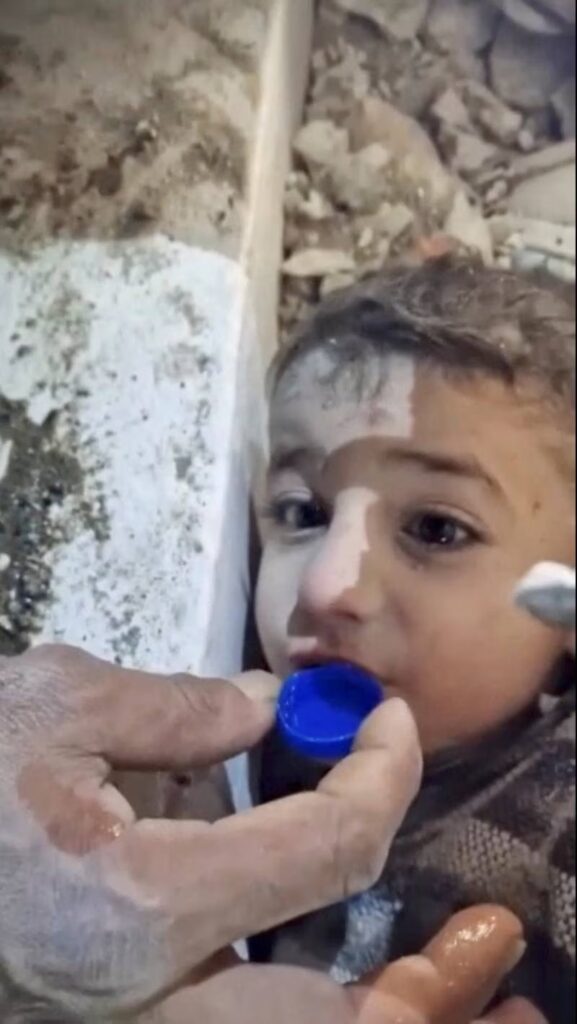Summary
Where specifically in Turkey and Syria did it occur? After a massive earthquake hit Turkey and Syria early on Monday, thousands of people lost their lives.
All week, rescue workers have been working in dangerous conditions to save lives. As of last Friday, almost 21,000 people have lost their lives in Turkey and Syria, with tens of thousands more wounded.
What you need to know is detailed below.

When did the quake happen, and where exactly did it hit?
Despite having its epicentre in a province to the north of Turkey’s border region of Gaziantep, eight provinces have been hit. The effects were felt all the way in northwest Syria, across the border. The temblor occurred early on Monday morning.
More than 6,000 buildings in Turkey were destroyed by the earthquake, many of them were inhabited by people who were sleeping.
According to the US Geological Survey, which monitors seismic activity worldwide, the earthquake occurred at a depth of 17.9 kilometres, along the boundary of the tectonic plates of Anatolia, Arabia, and Africa.
Parts of numerous Syrian cities have been damaged by 12 years of shelling during a protracted civil war, leaving many structures unsafe for occupancy. Competing militias control the region where the quake occurred, making a coordinated response impossible.
undefined
White Helmets personnel rescued people trapped under debris in an area of the countryside outside Aleppo that was under the hands of rebel factions. Rescue attempts, they said, had been slowed down and made less secure by the bad weather.
In a video shown on state television, rescue workers can be seen looking for victims in the rain and sleet. The public was asked to assist transport wounded persons to hospitals and urged to remain outdoors by health authorities.
A humanitarian catastrophe has already been created by the civil conflict in Syria, and the Norwegian Refugee Council warned that the earthquake will make things much worse for millions of Syrians.
According to World Health Organization senior emergency specialist Adelheid Marschang, although Turkey has the ability to react to the disaster, the greatest needs will be in neighbouring Syria, where people are coping with both the ongoing civil conflict and a cholera epidemic.
She mentioned this during a WHO board meeting in Geneva: “This is a catastrophe on top of numerous problems in the afflicted area.”
At the same time as humanitarian needs in Syria are at an all-time high due to the country’s long, complicated conflict, aid money has been steadily decreasing over the past 12 years.
She estimated that 23 million people, including 1.4 million children, would be at risk in both nations due to the collapse of thousands of structures caused by the earthquake and its aftershocks.
“We are in a race against time,” Tedros Adhanom Ghebreyesus, director general of the WHO, warned. It’s become less likely that we’ll locate any living survivors with each passing minute and hour.

When did the earthquake start to be felt elsewhere?
Lebanon and Cyprus felt the tremors of the 7.8 magnitude earthquake as well. Windows and walls shook in Beirut, where a chemical blast had terrified residents two and a half years before.
People in the northern Duhok province of Iraq felt the quake so intensely that they ran outdoors.

Was there a significant number of aftershocks?
Both a second earthquake and around 200 aftershocks were observed. Experts from geological surveys have warned that further earthquakes are possible.
The United States Geological Survey reported that 11 minutes after the original earthquake, another 6.7 magnitude aftershock hit. The aftershocks are more powerful than many of the worst earthquakes in the area.
How long has it been since the previous major earthquake hit this region?
Earthquakes are commonplace in Turkey. Until January 24, 2020, Elazg has not experienced a significant earthquake. Hundreds of aftershocks caused by the 6.8-magnitude earthquake hindered rescue operations.
An earthquake of 7.6 magnitude devastated Izmit, a city to the southeast of Istanbul, in 1999, killing around 17,000. More than five hundred persons were killed in an earthquake that struck the eastern city of Van in 2011.
The head of the Swiss Seismology Service stated on Thursday that the area between Turkey and Syria had not seen such a large earthquake in the Turkish province of Kahramanmaras in more than a century.
Where are the rescue teams?
A youngster was rescued from the wreckage of a collapsed building in the Turkish city of Gaziantep early on Friday, but the likelihood of finding further survivors four days after the earthquake was fast diminishing.
It got down below freezing everywhere, and a lot of folks didn’t have somewhere to go for shelter.
While the government has managed to provide millions of hot meals, shelter, and clothing to those in need, they are still having trouble reaching others.
Mustafa Turan left Istanbul for Adiyaman hours after the earthquake hit to see how his family was doing. According to AP, he identified 248 destroyed structures between the airport and the city’s downtown.
On Friday, the journalist said that fifteen of his family had been slain, and that many more were forced to sleep in the open or in tents.
“At night, at 4 in the morning, it became so cold that our drinking water froze,” he said.
Since hospitals and cemeteries were already full, several localities had to resort to storing dead on the streets under tarps, blankets, and carpets.
More than 18,000 people have reportedly died and almost 75,000 have been wounded in the tragedy in Turkey alone, according to the country’s disaster management agency.
It is unknown how many people have lost their homes, but the organisation has relocated over 75,000 survivors to neighbouring regions.
